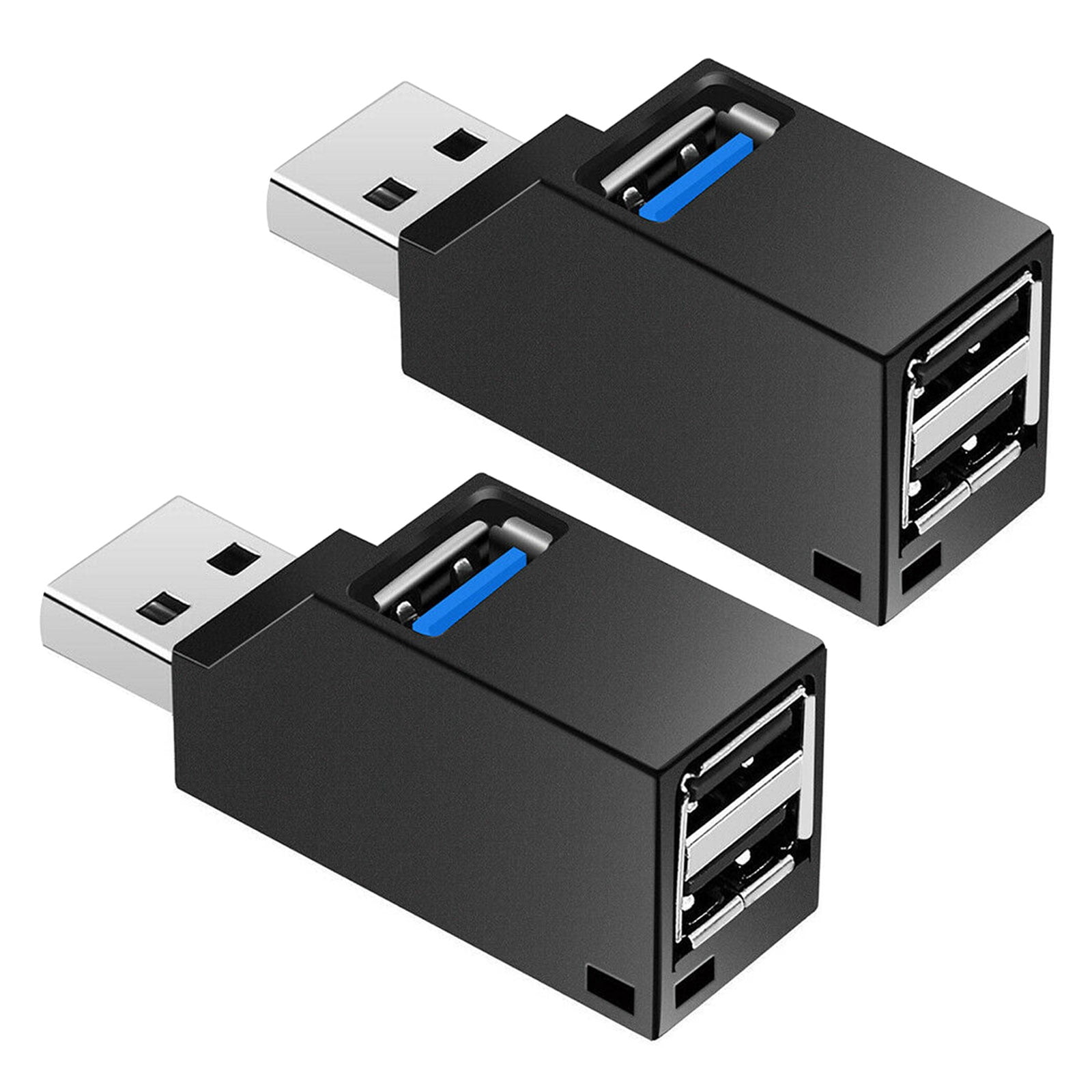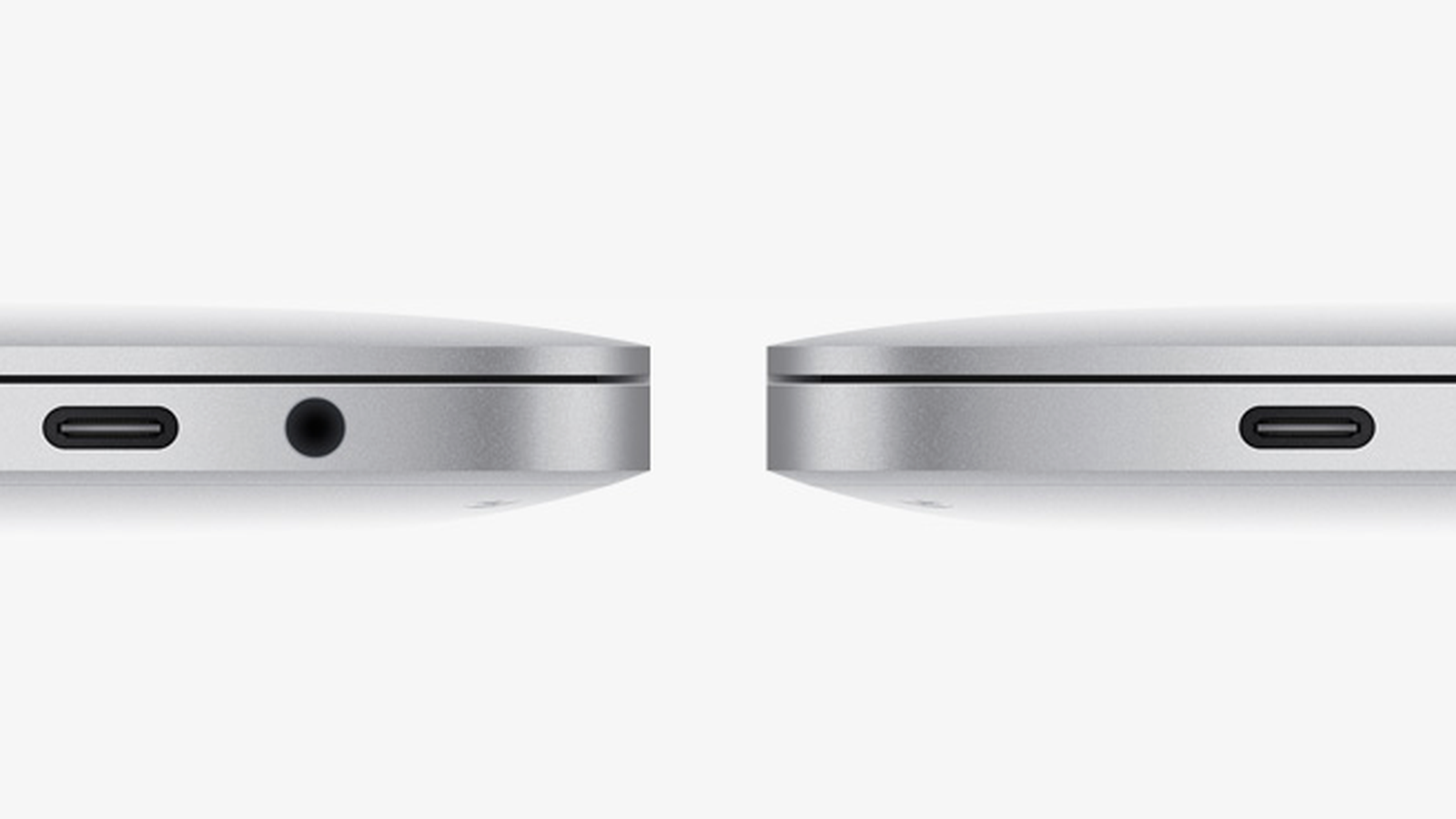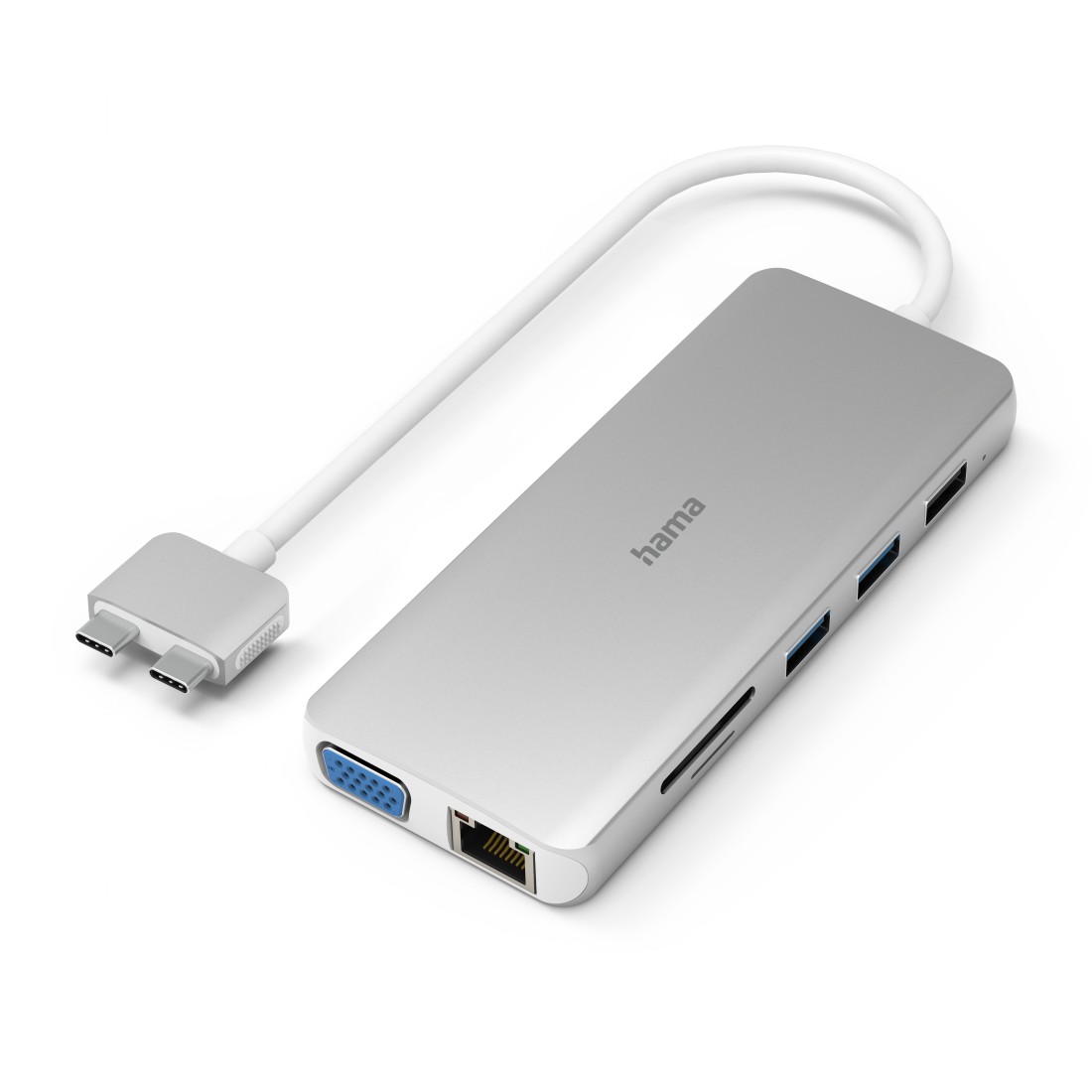
Now, if you wish to connect additional devices to set up an ultimate workstation with your M1 Mac mini, you would need a multiport adapter or a hub that can handle such requirements.

However, if you’re a professional who spends a lot of time working on the M1 Mac mini, these ports can hold you back from getting the most out of your device. The M1 Mac Mini is equipped with two Thunderbolt/USB 4, two USB-A, a Gigabit Ethernet, a 3.5mm headphone jack, and an HDMI 2.0 port. Whether you want to do graphics-intensive tasks or want to go the extra mile with Machine Learning processes, this portable PC is designed to handle them all. Since the M1 models generate less waste heat, the problem should less relevant.The M1 Mac Mini is a feature-packed, portable desktop Mac that delivers excellent performance with the powerful, Apple’s in-house chip. With the predecessor, it was the case that the mini then noticeably increased the fan speed.


All the waste heat from the hub finds its way into the Mac mini. You should also note that the hub finds its place underneath the Mac mini. These are available with larger capacities. Why no normal 2.5″ SSDs are supported is surprising. Therefore, it is not surprising that Satechi only supports SATA SSDs in M.2 format.

However, this is also due to Apple’s implementation of USB in M1 Macs – it has become common knowledge that they are often slower than their Intel counterparts. The connection is a maximum of 5 GBit/s, which is not even the maximum that the standard with 10 GBit/s could deliver. The Satechi model offers two SD card slots, one audio, three USB-A ports and one USB-C. There is a new model from Satechi, which should soon find its way to Amazon. You have a Mac mini and want to upgrade a few external ports and connect an external SSD at the same time? And the whole thing should also look good? Then hubs that are based on the Mac mini’s design are a good option for you.


 0 kommentar(er)
0 kommentar(er)
